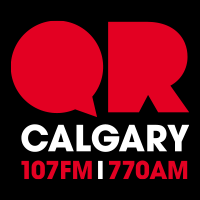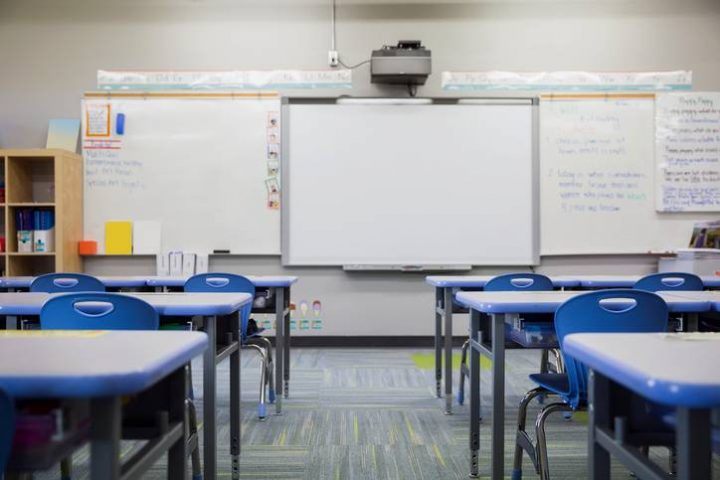Several areas of concern surrounding the achievement gap between Indigenous and non-Indigenous students are highlighted in the Calgary Board of Education (CBE) annual educational results report for the 2016-17 school year.

The report was tabled at Tuesday’s CBE trustees meeting.
READ MORE: University of Alberta launches pilot program offering hands-on education to aboriginal youth
It shows that high school completion rate, acceptable provincial achievement test results for kindergarten through Grade 9, and the Grades 10-12 diploma exam participation rate for Indigenous students are all evaluated as being areas of concern.
The drop-out rate has been evaluated as an issue.
“Our results are not where we’d like them to be for our Indigenous students,” CBE chair, Trina Hurdman, said.
The high school completion rate for Indigenous students in the CBE is 36.4 per cent. The provincial average for Indigenous students is 53.6 per cent, while the rate for all CBE students is 76.4 per cent.
On provincial achievement tests administered in kindergarten through Grade 9, 44 per cent of Indigenous students achieved an “acceptable” result. The provincial average for Indigenous students is 51.7 per cent, while 75.3 per cent of all CBE students achieved results at the acceptable level.
Only 16.7 per cent of CBE Indigenous students participated in 4+ diploma exams. The provincial average is 21.8 per cent, while the entire CBE population saw 61.6 per cent participation.
Finally, the CBE drop-out rate for Indigenous students is 7.5 per cent. The Alberta average is 5.8 per cent while the rate for the entire CBE student population is 2.7. per cent.
READ MORE: Alberta schools to teach Indigenous history and culture in classrooms
“We know that these students require more supports,” Hurdman said.
“There are many issues around Truth and Reconciliation, there are many issues around just even cultural practices and ways of knowing.
“I would like to see us be a lot further ahead in that and I think we are moving in that direction,” Hurdman added.
READ MORE: Cree app launched to help preserve indigenous language
Hurdman said the three-year strategy on Indigenous education put forward by the board administration will help guide the way toward improving results for students.
That strategy calls for finding ways to integrate Indigenous ways of learning, languages, and cultural elements in the ways the CBE provides instruction to approximately 5,000 Indigenous students — roughly four per cent of the entire CBE student population — who are enrolled in its schools.
“Inherent in any small populations, you’ll see fluctuations,” Hurdman said of the data in Tuesday’s report.
- 7 sent to hospital after carbon monoxide poisoning incident in northwest Calgary
- Calgary man accused of embezzling millions while working as financial adviser in Red Deer
- New Calgary puppet show encourages kids to find ‘magic moments’ in nature
- Speed a factor in serious-injury collision that sent motorcyclist to hospital: Calgary police








Comments